The government wants Indian carriers to launch long-haul international flights from India and create aviation hubs in India, Aviation Minister Jyotiraditya Scindia said on November 18.
Speaking at a summit organised by industry body CII, Mr Scindia also said that he aims to make India an aviation hub.
Further, Mr Scindia noted that a process is being followed and there has to be a dialogue with other ministries before deciding on overseas flight operations.
Union Minister for Civil Aviation, Jyotiraditya M Scindia addressing at the CII Global Economic Policy Summit 2021. (Image Courtesy - Daily Excelsior)
Domestic flights have been allowed to operate with full capacity in October.
“I want an (aviation) hub created in India for Indians. We would not want aviation hubs outside India,” Scindia said at a CII conference.
The Modi government, since it has come to power in 2014, has been of the view that foreign carriers are flying out a large number of passenger traffic flying to Europe and the Americas through their hubs in the Middle East and Southeast Asia.
This government has also put a hold on any increase in foreign flying quota for several countries and has also discussed ways to reduce the existing quota, which may be very difficult.
The government under the current bubble arrangement with several countries have also put a ban on airlines carrying sixth freedom passengers (a passenger flying to London from New Delhi via Dubai or any other hub).
At the 'Global Economic Policy Summit 2021 Rebuilding Economies' organised by CII, Mr Scindia also asserted that the civil aviation ministry wants to be a constructive collaborator and not a restrictive regulator.
On the return of international flights, Scindia said that they are in discussions with several ministries and a decision will be taken once the environment is safe. “Let me commit to you that we are evaluating it (resuming international flights)… but let’s not forget about the impact of COVID… we want to go back to normalcy but in a safe environment,” he said.
"Let me commit to you that we are evaluating that process. We want to return but keeping in mind what is happening in the world... today what is happening in Russia, parts of Europe, they are going through a fourth wave with a vaccine. Let us not erase our short term memories so soon," the minister said.
India banned regular international flights in March 2020 due to the rising number of COVID cases in the country and around the world. It resumed limited international flights through Vande Bharat flights and eventually under bubble flights.
Cover Image - First India
Read next
Minister of Civil Aviation Jyotiraditya Scindia said on November 18 that so far, seven states including union territories have reduced the value-added tax (VAT) on jet fuel to below 4% from earlier levels to support the cash-strapped Indian airline industry.
The UTs of Jammu and Kashmir, Ladakh, Andaman and Nicobar along with the Uttarakhand, Himachal Pradesh, Madhya Pradesh and Haryana state governments have reduced VAT on jet fuel, he said at the CII Global Economic Policy Summit 2021 summit in Delhi.
The ministry is in active discussions with all other states to reduce VAT on jet fuel prices, and the chief minister of Tripura has also committed to reducing VAT on jet fuel soon, according to the minister.
Reducing VAT on jet fuel has been one of the major objectives of the ministry since Scindia took over the industry in August. The central government since September has been negotiating with the state governments to reduce the tax rate for the aviation industry, which is still recovering from the aftermath of the COVID-19 pandemic.
Scindia said that a major reason for airlines' losses is the high cost of ATF. Jet fuel prices are high due to rising base price and "very high VAT imposed by state governments", which currently ranges from 4% to 30%, he said.
In August, to give impetus to air travel, Union Minister for Civil Aviation, Jyotiraditya Scindia has written a letter to 22 States/ UTs urging them to rationalize VAT on ATF across all airports in States within the range of 1% to 4%. He has asked them to take forward common intention to boost air travel and connectivity in State to accelerate its economic development.
(Image Courtesy - Team-BHP)
The Aviation Minister further said that his ministry is currently evaluating the process of normalising international scheduled flight operations.
Safety remains a priority for the MoCA and it will take steps to open up international air travel as and when the COVID-19 pandemic subside around the world, he added.
Scheduled international passenger flights to and from India remain suspended since March last year amid the coronavirus pandemic. India has air bubble arrangements with more than 25 countries for operating international flights.
Scindia added that he expects the aviation industry in India to grow exponentially once the pandemic is truly a thing of the past.
He said that in the next five years the Indian aviation fleet will grow at a Compound Annual Growth Rate (CAGR) of 30-40%.
The Indian aviation fleet will grow to around 2,000 planes in the next 10 years, Scindia said, while stressing the importance of improvement in all aspects of the local aviation industry together for the country to become a hub for global aviation.
The ministry is willing to work with aircraft manufacturers to boost aircraft manufacturing in the country, the minister said.
Read next
A Mi-17 chopper of the Indian Air Force (IAF), with two pilots and three crew members on board, force-landed in eastern Arunachal Pradesh on Thursday, November 18 after encountering a technical snag.
All five of them are safe, having sustained just minor injuries.
(Image Courtesy - Dailyindia.net)
The chopper was on a maintenance sortie when it had to force-land in the Lohit sector of the state.
A court of inquiry will be ordered to ascertain the reasons behind the incident.
https://twitter.com/ANI/status/1461343584787988488
In September, two pilots were killed when an Army helicopter crash-landed on a hill in the Shiv Garh Dhar area near Patnitop tourist resort in the Udhampur district of Jammu and Kashmir.
On August 3, two pilots were killed after an Army helicopter crashed at Ranjit Sagar Dam lake near Pathankot.
Read next
4 seconds is all it takes to eject from a fighter craft | Are they 100% safe? Probably not
Prashant-prabhakar
18 Nov 2021
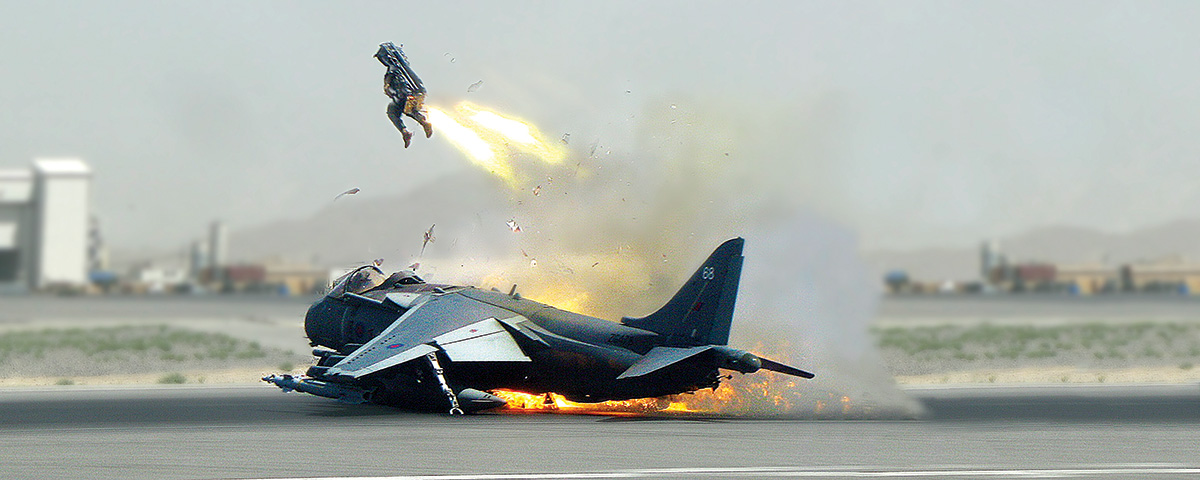
The Aviationist
Fighter jets come with the additional capability of ejecting pilots out in times of extreme adversity. Although, that's the last thing what any pilot would want to do. Why so? Let's find out
Sometimes, saving your life could mean taking a calculated risk, in this case, it could also mean risking an early death.Although pilots are trained efficiently to carry out ejection successfully, there's no guarantee a pilot would come out unharmed. In extreme cases, it could be fatal too.
The turbulent process of ejecting the pilots out exposes them to strong G forces sufficient enough to snap shoulders out of their sockets, or perhaps even shatter collar bones. Fail to keep your hands and legs tucked in and you risk snapping them off too.
Ejection is basically a two step process
Phase 1: The initial upward movement of the seat is initiated by pulling the handle, also known as the "ejection gun".
Esquire Singapore
Phase 2: Following phase 1, a series of small white tubes, each with small nozzles that serve as exhaust outlets, fire from directly under the seat. This propels the pilot to about 100 ft (30 m) above the aircraft, depending on the aircraft's position, and the type of seat.
Almost immediately after, a parachute pops out from the top of the seat and helps the pilot stabilize his motion.
Following this, and almost as if in a sequence, at about 10,000 ft (a barometric pressure device detects when the pilot drops below 10,000ft), the mounting laches of the seat slowly detach from the pilot's harness, deploying the primary parachute. The seat completely detaches and the pilot can now land safely with the main chute.
F-16 ACES II EJECTION SEAT | STEFAN ELLEBAUT | PINTEREST
The entire procedure is accomplished in under 4 seconds and it is these crucial moments, that makes the difference between life and death.
As per reports, there's a one-in-three chance that you might break your spine every time you pull the ejection lever. Hence pilots are advised to use them only as an extreme last resort. That being said, ejecting out is always far better than impacting heavy into a surface or exploding mid-air- according to David Newman, a researcher in aviation medicine at Swinburne University, Australia.
Statistics reveal a survival rate of ejections worldwide as 92% a decade ago.
It is generally the rapid, violent sequence of jerks that tend to injure although pilots typically have a clear memory of the entire fiasco- says Newman.
Reportedly, an F35 fighter jet of the U.K. crashed into the Mediterranean Sea on Wednesday. Fortunately, no casualties were reported although the losses estimated, were at least a whopping $134 million (£100 million).
COVER: HistoryNet
Read next
Tata Sons working on a merger between AirAsia India and Air India Express
Radhika Bansal
18 Nov 2021
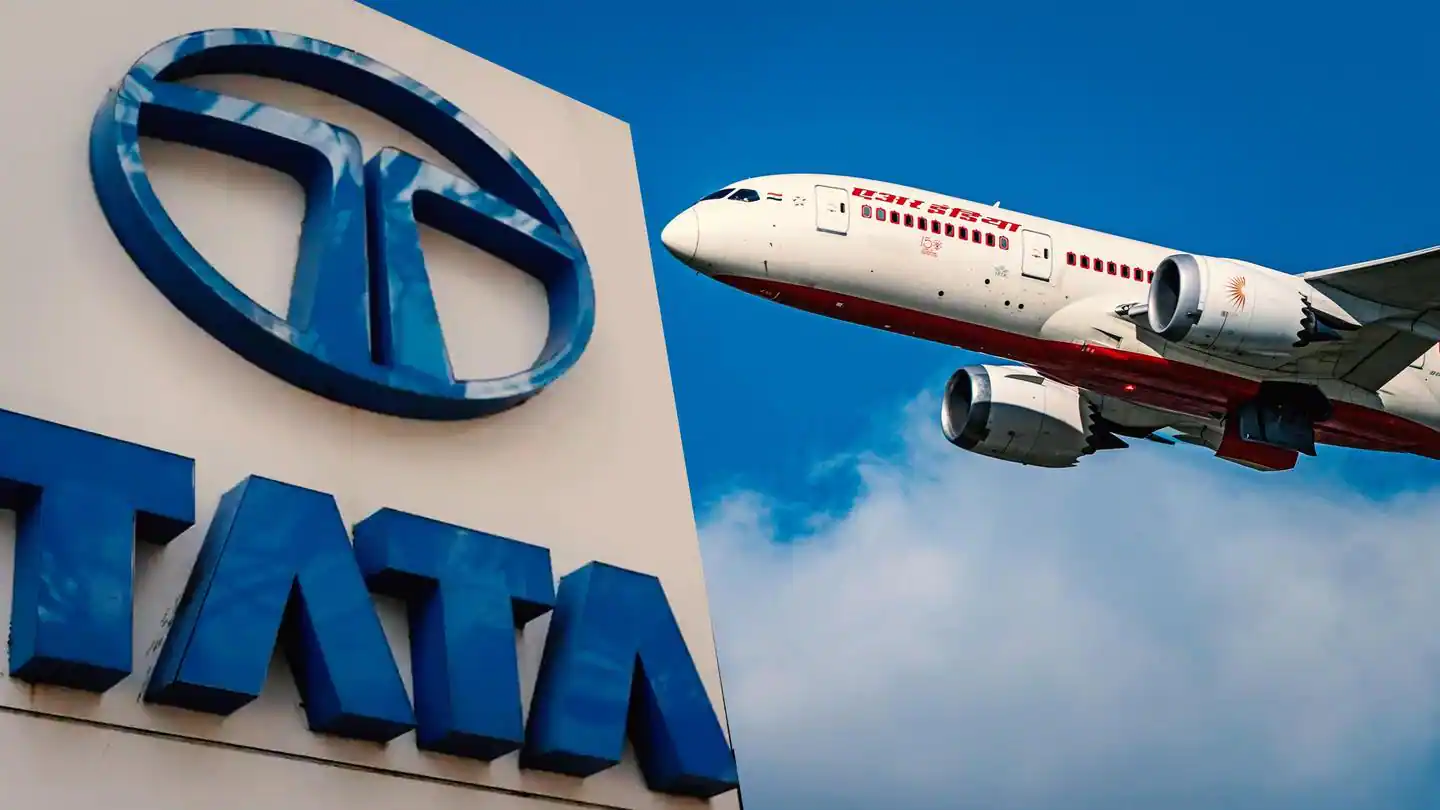
Tata Sons Ltd—the holding company for India’s largest conglomerate—has reportedly started work on the merger of budget carrier AirAsia India with Air India’s low-cost airline Air India Express in a bid to attain synergies and reduce operational costs.
Worth mentioning here is that this first move to consolidate its control and form a single company in such a short duration as Tatas took control of AirAsia India by increasing its stake to 84% from 51%. Tata is yet to conclude negotiations with Singapore Airlines (SIA) on combining the schedules of Vistara and Air India, people with knowledge of the matter told The Economic Times. Tata has a 51% stake in Vistara and SIA holds the rest.
The financial daily quoted one of the persons as saying, “This is the most logical move at this stage and with Tata owning a majority in Air Asia, the integration is easier. With many experts on deck, this integration will help the group swiftly set up the single airline structure it has been planning for a while.”
More importantly, the Mumbai-based cars-to-coffee conglomerate had roped in integration experts to create a single aviation company, given the complexities involved in combining multiple organisational structures.
In October this year, Tata Sons regained control of Air India—the airline it founded nearly 90 years back—as the Centre accepted its winning bid of INR 18,000 crore to acquire 100% of the ailing national carrier. Air India Express is a wholly-owned subsidiary of Air India.
(Image Courtesy - Business Insider India)
Of late, Tata Sons held several rounds of talks with the top management of AirAsia India and Air India to discuss the integration of staff, and aircraft quality and safety checks, among other issues. Also, external integration experts were part of these meetings.
“There is a sense of urgency to quickly get operations seamlessly off the ground and ensure no disruptions at customer-facing points,” the daily cited one of them as saying.
In April 2005, Air India Express was launched as a low-cost carrier to provide convenient connectivity to short/medium-haul international routes in the Gulf and southeast Asia at affordable fares, according to the company website.
According to the publication, Tata Sons has asked global head hunters to create the top management structure for its aviation entity as it is poised to establish one aviation holding company to bring the entire airline business under one umbrella. Malaysian budget airline AirAsia Group Bhd, the minority stakeholder in AirAsia India, will cease Indian operations by the end of this fiscal year and the brand won't be part of the venture.
Tata plans to first integrate Vistara's network with Air India and will at a later date look at a closer union. Air India has a fleet of 121 planes and a staff count of more than 12,000.
Cover Image - NewsBytes
Read next
Commercial flights between India and Singapore are expected to resume soon
Radhika Bansal
18 Nov 2021
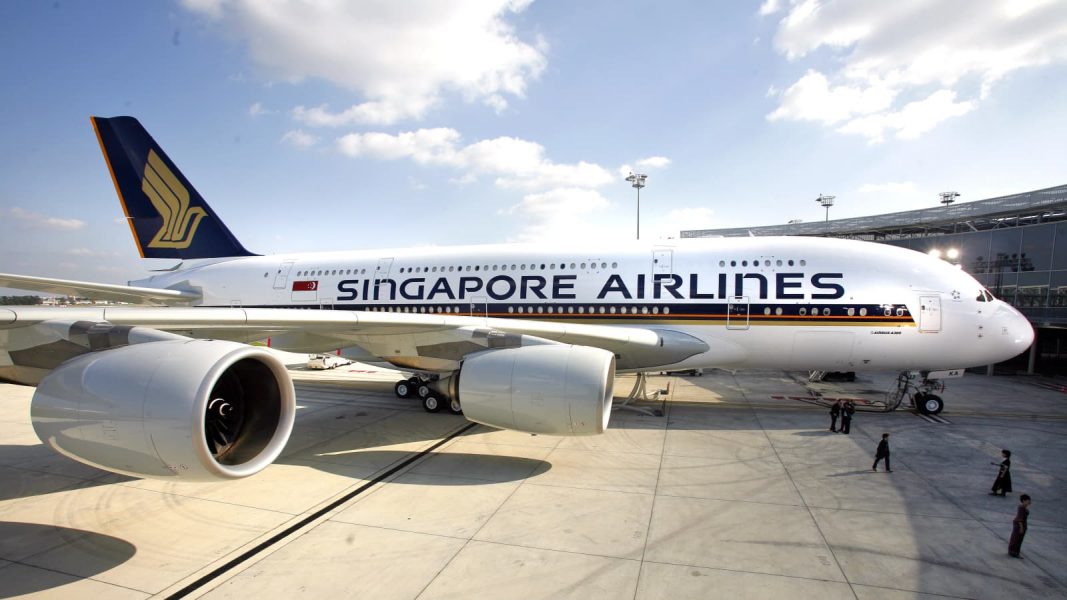
Singapore is in talks with the Ministry of Civil Aviation and the Ministry of External Affairs to restart scheduled commercial services with two daily flights each from Chennai, Delhi and Mumbai.
As of now, only repatriation is taking place through Air India, under the Vande Bharat mission.
Singapore has announced that from November 29 it will open up its Vaccinated Travel Lanes (VTL) for India and once the programme is in place there will be no need for quarantine for vaccinated passengers. There is huge pent up demand for travellers from both sides.
Technically, repatriation flights cannot be included under Singapore's VTL arrangement and only scheduled commercial flights are included in this programme.
Singapore is keen that Singapore airlines should restart partial operations to India. Sources say that talks for resumption of commercial flights between Singapore and India are moving in the right direction and there can be a decision soon.
External Affairs Minister S Jaishankar is currently in Singapore and holding talks with top leadership, resumption of connectivity also came up during his talks.
Yesterday, Jaishankar met the Singapore transport minister and discussed enhancing travel arrangements between the two countries. "Began my Singapore visit by meeting S. Iswaran, Minister of Transport. Discussed enhancing travel arrangements between the two countries," Jaishankar tweeted.
https://twitter.com/DrSJaishankar/status/1460875429321981952
India is not the only country with whom Singapore has established the VTLs. The country would allow non-quarantine travel from Saudi Arabia, Indonesia, Qatar and the United Arab Emirates (UAE) from December 6. Since its initial COVID outbreak, Singapore has been battling a resurgence of the infection, stemming from foreign travellers a majority of whom are workers. As of now, the country has reported a total of 237,203 cases and 586 deaths in Singapore.
(With Inputs from ANI)

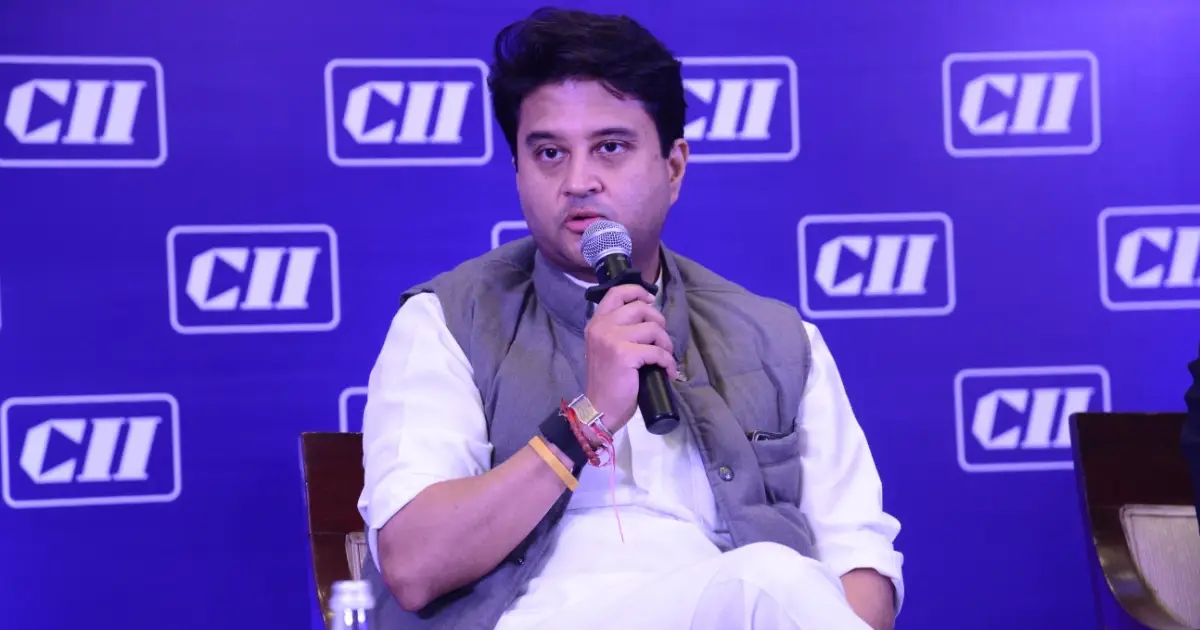

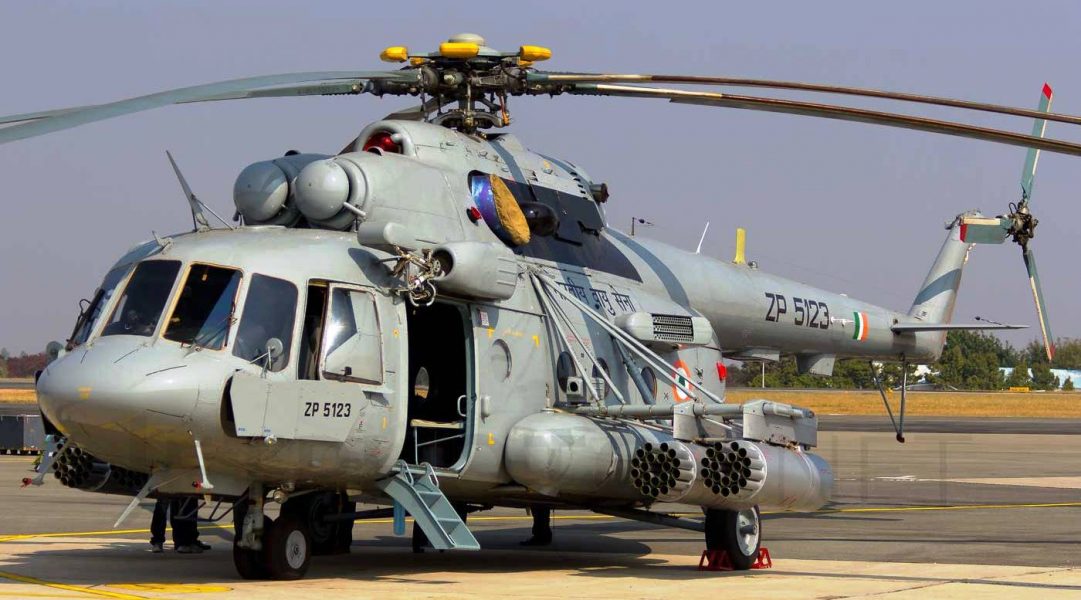

Comment